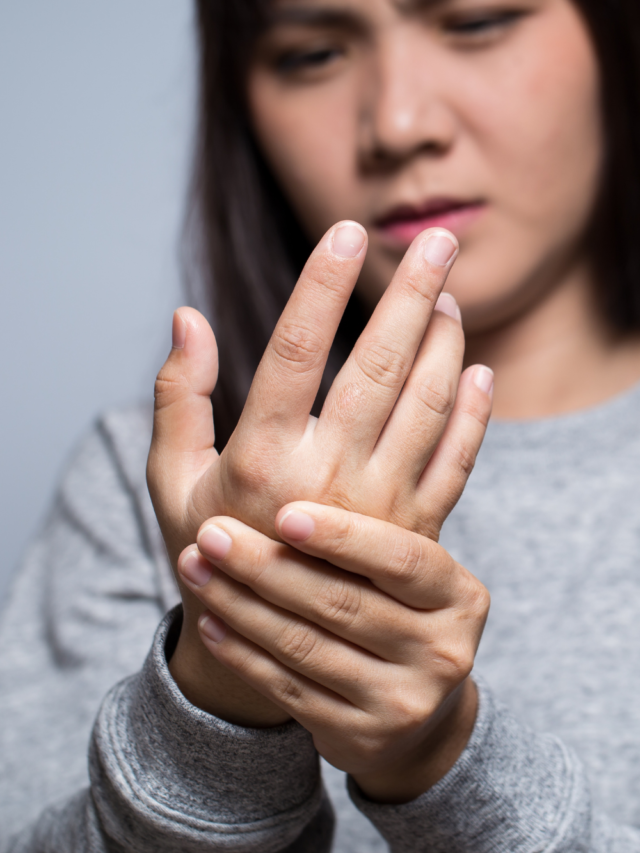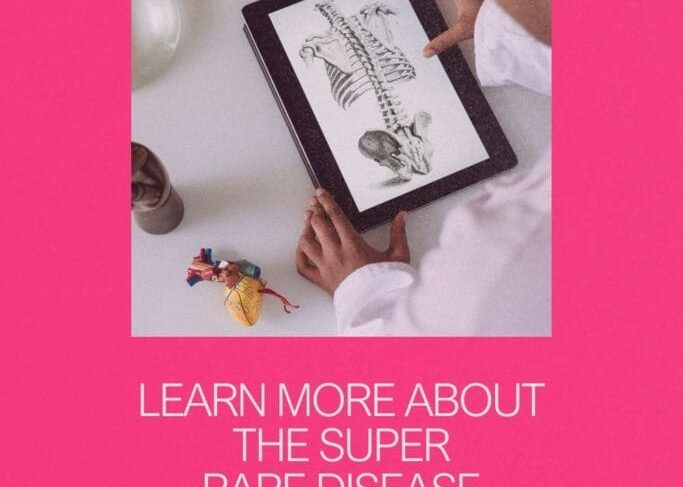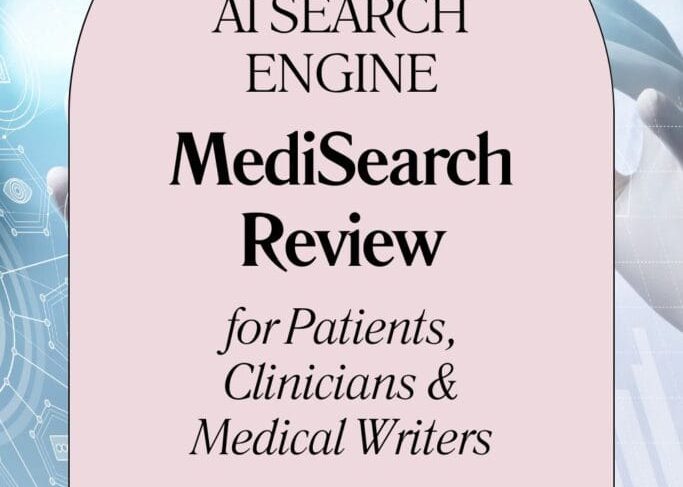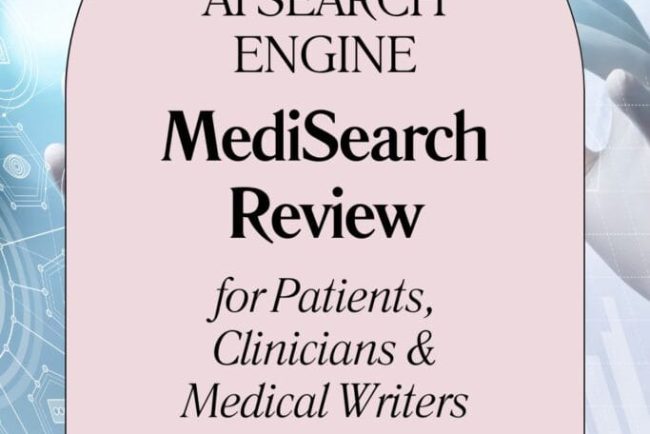Quick and Easy Ninja Foodi Collard Greens With Bacon Recipe
Do you love the taste of Southern collard greens, but lack the time it takes to make them? Then this quick Ninja Foodi Collard Greens with Bacon recipe is for you! This article will provide step by step instructions on how to whip up a […]
mind-&-emotions20 Best Pumpkin Dessert Recipes to Indulge in This Fall
20 Pumpkin Dessert Recipes to Indulge in This Fall Pumpkin season is upon us and so are these delicious pumpkin dessert recipes. Feeling pessimistic because of your paleo diet? Gloomy because you’re gluten-free? Well fret not. This recipe roundup includes an assortment of gluten-free and […]
mind-&-emotionsPaleo vs. Whole30 Diet: Everything You Need to Know
A number of diets have gained popularity in recent years for their ability to reduce inflammation. Inflammation has been associated with autoimmune disease and other chronic illnesses. Two popular diets are the paleo diet and the Whole30 diet. This article will compare the paleo vs. […]
mind-&-emotions
We Are Not One Dimensional
One of the best perks of working with other chronic patients is the authenticity of conversations that come up around the products we create. Nothing makes me feel so seen and valued like hearing my lived experience from someone else’s mouth! This struck me recently […]
Chronic IllnessOne of the best perks of working with other chronic patients is the authenticity of conversations that come up around the products we create. Nothing makes me feel so seen and valued like hearing my lived experience from someone else’s mouth!
This struck me recently at a brainstorming session about Mighty Well’s newest product, the Self Care Case. The patients in the (virtual) room were sharing what we were excited to use it for. Most were medical supplies like EpiPens, snacks for low blood sugar, medications, spare face masks, hand sanitizer and other necessities for infusions… but we also each carry items with us that have nothing to do with illness. Our favorite shades, sunscreen, makeup, cozy socks.
Illness and disability have the tendency to impact every aspect of daily life. Our morning routine. What we eat. Where we live. What we do to earn a living – or if we can’t work, how we spend our time. How we go places. How we connect with others. How we sleep. Acknowledging this is helpful at times – I recently saw a tweet from @hijade2madre that said “…Disability shapes my everyday life and I’m going to need you to stop making that be a negative.” This side of the equation is so important! Yes, these things impact our every day and do define parts of our identity.
But, like most aspects of our complicated lives, the other side of the equation is equally important: illness and disability are not the only factors that impact our identity! I may be a proud spoonie who doesn’t shy away from making my disabilities public, but that’s not all I think of when showing who I really am. I am also a painter, a writer, a community organizer. I am a mom and a sister. I love birds and trees and gardening. I feel the need for queer spaces as much as spoonie spaces. I’m introverted and sensitive.
I am all of these things and more, regardless of my health status. There are also ways in which my other identities intertwine with my illnesses: I love the cooler seasons because heat is a trigger for my symptoms. Inversely, I still identify as a rugger, despite not being able to play rugby for many years. I used to struggle immensely with this. I remember whole therapy sessions wrestling with whether I could still identify as a “good friend” when I was too sick to show up. I truly believe now that these pieces of our puzzle still exist, even if they don’t all come together right now.
So, who are you? What identities do you hold? What do you carry with you day-to-day, physically and metaphorically? We see you, even the parts that can’t quite make themselves known each day.
Join the conversation in our Friends in the Fight facebook group!
The post We Are Not One Dimensional appeared first on Mighty Well Journal.
Diabetic Eye Disease: How to Manage It
Diabetic eye disease refers to a number of diseases that may occur if you’ve been diagnosed with diabetes. When you think of diabetes, eye problems are likely not the first thing that comes to mind. However, serious damage can be caused to the blood vessels […]
DiabetesDiabetic eye disease refers to a number of diseases that may occur if you’ve been diagnosed with diabetes. When you think of diabetes, eye problems are likely not the first thing that comes to mind. However, serious damage can be caused to the blood vessels in the eye when blood sugar levels in the body rise above normal. Some of the common eye diseases include diabetic retinopathy, diabetic macular edema, glaucoma, and cataracts. Though anyone can develop some of these eye diseases, diabetes increases the chances of developing these issues.
Here are a few tips for dealing with diabetic eye disease:
1. Manage your blood sugar levels
It’s important that your blood sugar levels aren’t too high or low. One way to manage this is to focus on how your diet can affect you in the long run. For example, carbohydrates are broken down into simple sugars when they enter the bloodstream. This causes your blood sugar levels to rise and signals the pancreas to release insulin. As a result, the cells in your body absorb the sugar, which ultimately causes blood sugar levels to drop.
Another simple health tip to keep your blood sugar levels in check is to make sure you stay hydrated. We recommend keeping a water bottle on you throughout the day! Taking preventative measures to avoid a blood sugar spike will reduce your chances of diabetic eye disease down the road.
Eating appropriate foods to manage glucose levels is essential, but it doesn’t have to be daunting! Ease the stress of having to research and plan meals by following a meal plan. You can find meal-planning tips and recipes here.
2. Be active
Another great way to help control blood sugar levels is to get moving. Exercise and light activity can increase the sensitivity of cells to insulin, and also cause muscle cells to absorb sugar from the blood. For some people, exercising is easier said than done, so don’t be afraid to go at your own pace. Start with a slow 10-minute walk a few times a week and build from there. Any form of movement will have a similar positive effect on blood sugar levels.
If you’re not used to maintaining an active lifestyle and need help making it a regular part of your daily routine, ask a friend or family member to join you and hold you accountable. Find something you enjoy doing and are likely to keep up with. Whether it be a daily stretching routine or practicing fundamental workouts 3 or 4 times a week, make sure it’s not something you dread. Our body is made to move and be active, so when you feel unmotivated, remind yourself of the immeasurable benefits. Exercising will help maintain blood sugar levels, which will in turn help prevent vision problems in the future!
3. Get yearly eye exams
While yearly eye exams are important for all individuals, they are crucial to those who live with diabetes. It is essential to stay on top of vision care if you’ve been diagnosed with this disease. Eye problems left untreated or undiagnosed can lead to vision damage and even blindness. Some symptoms to be aware of are blurry vision, difficulty reading, “floating” spots, or seeing objects in the distance. If any of these symptoms arise, don’t hesitate to schedule an appointment with your eye doctor as it can prevent the issue from getting worse.
Even if you haven’t noticed the effects of your diabetes on vision, yearly eye exams are a great way to track your eye history and keep an eye on any changes that may arise. Your yearly eye exam is a great way for your doctor to check for small changes. Your vision can change very frequently, and people with diabetes are more likely to experience changes at an even greater rate, making updated prescriptions that much more important. Eyeglasses are a wonderful option if you begin feeling the effects of diabetic eye disease as they can help you see more clearly until you get your blood sugar levels under control.
A diagnosis of diabetes comes with a slew of new worries and responsibilities in caring for your health. Vision care is often put on the back burner, but it’s important to practice preventative care options to protect your eyes now and in the future. Implement a few of these tips into your daily routine to help prevent diabetic eye disease from developing.
The post Diabetic Eye Disease: How to Manage It appeared first on Mighty Well Journal.
Diagnosed With Diabetes… Now What?
Getting a new diagnosis can bring on complicated emotions. You may be relieved to finally get answers, scared of the future, and overwhelmed by the amount of information out there. If you’ve just been diagnosed with diabetes, the good news is that plenty of research […]
DiabetesGetting a new diagnosis can bring on complicated emotions. You may be relieved to finally get answers, scared of the future, and overwhelmed by the amount of information out there. If you’ve just been diagnosed with diabetes, the good news is that plenty of research and resources are available to guide your journey! To get started, here are some tips we’ve gathered from chatting with our diabetic Friends in the Fight .
.
1. Find support in the diabetics community
Living with any chronic illness can feel isolating. The best treatment for isolation is community! Find people who understand what you’re going through, and help educate those already close to you who may not understand.
Support groups can be a great place to start. It’s nice to have an outlet to vent your frustrations or worries, knowing that other people have all been there. It can also be a great sounding board for questions that only someone with your experience can answer. My first question in a support group was how to find bras that didn’t hurt, given my spinal pain. Doctors were baffled by this question, but my fellow patients immediately had a flood of answers. Even if you don’t post in a group, you can read other people’s questions and learn from the sidelines.
Each of the organizations listed in our diabetes resource guide offers a community with local chapters for you to meet people in your area if you find that an in-person community would be helpful. Mighty Well also offers our Friends in the Fight group that you are more than welcome to join. It is for all people affected by chronic illness, not just those specifically diagnosed with diabetes.
group that you are more than welcome to join. It is for all people affected by chronic illness, not just those specifically diagnosed with diabetes.
Depending on your age, diabetes camps can be the best way to build a community of people who get it without having to focus on your illness. You simply have fun together, build friendships, and experience all that summer camps offer with people going through similar experiences. You can find a camp near you here.
For building support with your existing friends and family, understand that it may take time, patience, and work to get people where you need them. Our healthy loved ones have to go through their own process of grief, helplessness, and acceptance and need to witness our struggles before they can fully build empathy for what we go through. It is so worth it when you do reach that point. Check out celebrating the heart of your relationships, our guide to difficult conversations, and maintaining healthy relationships despite chronic illness for tips to get you there faster.
2. Food tips specifically for diabetics
Finding joy in food can feel near-impossible when everything you eat is a math equation with dire consequences. Having some go-to carb-free foods available will give your brain a break. Note: the organizations listed in this resource guide also have ample recipes available (yes, they are awesome, all-encompassing sources of information and healing).
3. Diabetes tech tips
The technology available now for managing diabetes is amazing. Remember that there’s no best way to do this – you can choose what works best for you. Even if you enjoy all the benefits of high-tech pumps and apps, that doesn’t mean you can’t take a break. One Friend in the Fight tells us she loves her pump but chooses to take “pump vacations” every now and then to unplug and just use pens for a bit. You do you, whatever style feels right!
tells us she loves her pump but chooses to take “pump vacations” every now and then to unplug and just use pens for a bit. You do you, whatever style feels right!
As an aside, sometimes the skin at your pump site can get irritated from adhesives. You may try Flonase spray on the area to help soothe allergies and irritation.
4. Staying organized with diabetic supplies
It can be exhausting keeping track of treatments, blood sugar, and all the other complicated factors that come with being diagnosed with diabetes. Find ways to reduce your brain’s load. Use your phone for alarms and diabetes apps. Use organizers to keep all of your gear in order and easily accessible.
Check out Mighty Well’s diabetes backpack and organizer here!
5. Take one step at a time
The most important thing to remember when it all gets overwhelming is that you can do this, and you will. Take it one step at a time, look to role models who’ve been doing it longer than you, and just do your best — whatever that looks like each day!
Oh, and remember that you’re not alone. In fact, you’re far from it. ?
The post Diagnosed With Diabetes… Now What? appeared first on Mighty Well Journal.
5 Diabetes Resources That Will Empower You
Diabetes and its myriad impacts on daily life are complicated to navigate. Thankfully, there are ample resources available to help guide you through life with diabetes. So wherever you are on your journey – newly diagnosed and overwhelmed, an old-timer looking for fresh tips, or just someone […]
DiabetesDiabetes and its myriad impacts on daily life are complicated to navigate. Thankfully, there are ample resources available to help guide you through life with diabetes. So wherever you are on your journey – newly diagnosed and overwhelmed, an old-timer looking for fresh tips, or just someone trying to learn to better support a diagnosed Friend in the Fight – we’ve put together this diabetes resource guide to get you started.
– we’ve put together this diabetes resource guide to get you started.
Understanding the types of diabetes diagnoses
One crucial aspect of diabetes is that it can be different for each person. For starters, different types of diabetes involve different causes, risk factors, treatments, and complications. Even within each type, the presentation of symptoms and impact on quality of life can vary widely.
For a comprehensive guide to the many different types of diabetes (yes, there are more than just 2), check out this guide from Beyond Type 1.
1. American Diabetes Association
The American Diabetes Association has a wealth of resources on each type, from treatment and recipes to building a strong community. They are also leaders in diabetes research and advocacy.
2. The Juvenile Diabetes Research Foundation (JDRF)
The Juvenile Diabetes Research Foundation (JDRF) fights for Type 1 patients through research, political advocacy, and patient support. Their resource center is thorough, well organized, and engaging, and helps to provide community through support groups, as well as online and in-person events.
3. Beyond Type 1
Despite the name, Beyond Type 1 offers support for patients with all types of diabetes. The website is easy to access and although it seeks to engage a younger audience, it contains a vast depth of information and resources for all ages. They even have a “Sex, Drugs, and Rock and Roll” section dedicated to topics typically avoided or taboo yet so necessary to actually living a full life with diabetes.
Note: JDRF and Beyond Type 1 teamed up to create Jesse Was Here, a beautiful resource for family members grieving someone lost to diabetes.
4. At-home resources to avoid diabetes complications
Health complications caused by diabetes can be serious, so it’s important to be in frequent contact with your doctor and care team about how to avoid these issues. For at-home resources, here are a few helpful tips from the CDC, Mayo Clinic, and American Diabetes Association.
5. Resource to help fight stigma when diagnosed with diabetes
The unfortunate reality is that diabetes diagnoses are often met with stigma. This thorough resource from DiaTribe (another fantastic organization to check out!) helps break down this stigma, where it comes from, why it is harmful, and how to combat it when you see it.
Other resources:
- Find a diabetes camp near you
- Top 10 Tips for People Diagnosed With Type 1
- Top 10 Tips for People Diagnosed With Type 2
- American Diabetes Association’s resources for newly diagnosed
We hope that this diabetes resource guide will provide helpful resources no matter where you are in your journey!
The post 5 Diabetes Resources That Will Empower You appeared first on Mighty Well Journal.






















